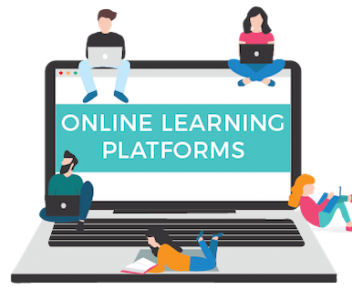
56.5% of disabled students are struggling, yet attending classes irregularly
The behavior towards academic approaches is changing or evolving. The adoption of education technology with global EdTech investments had reached US$18.66 billion in 2019. And this year, the pandemic has changed education forever beyond capitalism. Students across the world are making great use of online learning platforms and accessing educational resources at home. However, in response to a survey, a majority of students with disabilities are struggling with the same online learning.
About 56.5% of students with disabilities are struggling, yet attending classes irregularly. While around 77% said they may fail to cope and would fall behind in learning due to their inability to access distance learning methods.
Impact on online education:
Lack of internet connectivity and devices is another issue that plagues the deaf community. Due to poor internet connectivity, lip-reading sometimes gets worse, captions are absent, voices are muffled, and even there is poor lighting that HoH students often face. Confinement at home and lack of communication fail disabled students to grasp the gravity of the lockdown situation–especially in rural and remote areas.
A large number of disability population live in rural areas who do not have access to a proper internet connection, smartphones, laptops/desktops for online classes. Even if some have access to sign language interpreters, most of them are exposed to poor online lectures.
COVID stretched isolation further
The global deaf community comprises three main groups, Hard of Hearing (HoH), Deaf, and Deaf-blind, and celebrates the last week of September as Deaf Awareness Week. More than 50 percent of the community said they were not able to work, study, or step out of their houses that sometimes led to tension within families. And students this pandemic year are facing more hardships, especially in the online education space.
People with hearing or speech disabilities rely on lip-reading and facial and hand expressions to communicate. Due to the shortage of sign language interpreters, creating an inclusive space for deaf students in online learning is getting difficult.
Students in urban areas remain privileged. They are equipped with all necessities including devices, technologies, connectivity, transparent face masks, etc. To resolve the problem, aware students working individually or with organizations are aiding online learning for rural deaf-blind students. Additionally, many philanthropic bodies are hoping for a change while providing financial support to the deaf community.




